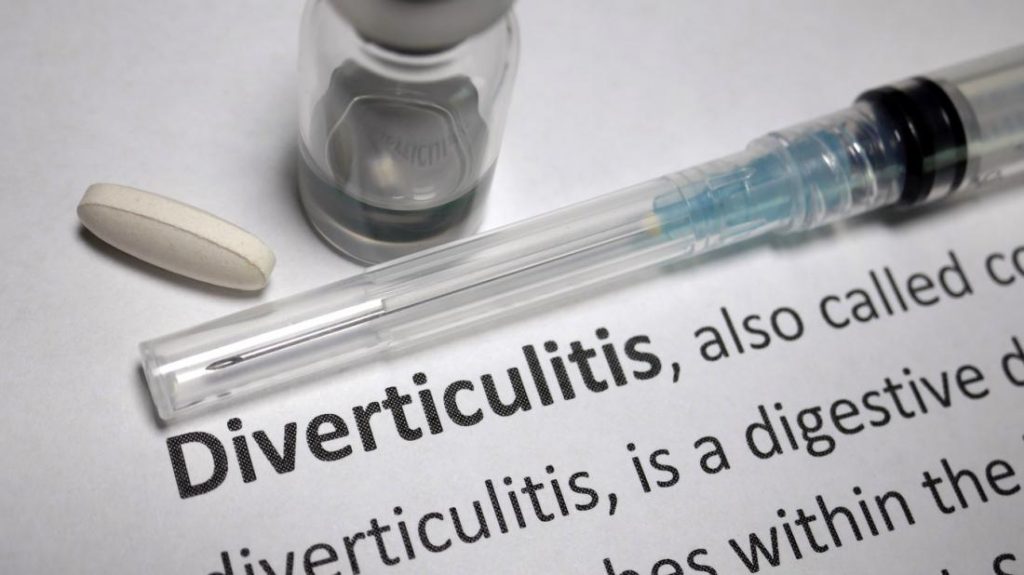Much remains to be said about the health benefits of adequate water intake as its necessity to overall health cannot be undermined. The same can be said with fiber, most often found in fruits and vegetables, as it is essential in cleansing the system. Adequate water intake and consuming sufficient amounts of fiber is by far the best means to avert Diverticulitis or Diverticulosis.

What exactly are these diseases? Diverticulosis manifests when there are formations of small pockets on the wall of the colon whereas diverticulitis is its chronic stage. There is an onset of diverticulitis once the small pockets on the wall of the colon become inflamed or infected. These diverticula or small pockets can form in the esophagus and the stomach as well.
The indications of this disease become evident in the diverticulitis stage, that is, when there are internal inflammation and infection in the intestines. These indications are fever, nausea, bowel habit changes and severe abdominal pain. As diverticulitis affects the digestive system, it is of foremost necessity that this is prevented with a recommended diverticulitis diet such as the one formerly mentioned.
Drinking copious amounts of water and ample fiber intake is by far the most advisable diverticulitis diet in warding off the disease. When an individual is already fraught with diverticulitis, adhering to a modified diverticulitis diet, antibiotics and surgery in severe cases are required. A diverticulitis diet for treatment initially consists of clear liquids or low fiber.
The doctor may recommend either of the diverticulitis diets to aid in recovery from diverticulitis. The clear liquid diverticulitis diet consists of fluids with minimal residue such as fat-free broths, fruit juices, and gelatin. Following the attack of the disease, a recommended diverticulitis diet is gradually increased with fiber content.
This gradual increase in fiber is generally implemented from a clear liquid diverticulitis diet to a low-fiber diverticulitis diet to a high fiber diet. Modifications in the fiber intake through a diverticulitis diet is usually done by adding 5 to 15 grams of fiber daily until the recommended level is obtained.
Aside from the diverticulitis diet, the doctor will also require the patient to have plenty of rest and treatment with antibiotics. A high fiber diet is by far the best diverticulitis diet to ward off the onset of the disease. Implementing a high-fiber diet can be done by consuming ample amounts of fresh fruits and vegetables and whole grains or with the augmentation of fiber supplements.
A diverticulitis diet high in fiber will aid in softening the stool and easy bowel movement. There is less pressure from the digestive tract once there is a smooth stool movement in the colon. A high fiber diverticulitis diet for diverticulitis prevention usually consists of 25 to 35 grams of fiber and this is recommended with adequate water intake as through this, the water absorbed by the fiber is easily replaced.
Constipation can arise once the high fiber diverticulitis diet is not complemented with enough water intake as the liquid absorbed by the fiber is not restored. It may seem very basic- adhering to a healthy diet and drinking copious amounts of water- but it is by far the best means to ward off a discomforting disease.

